|
|
|
|
Species Photo Gallery for Stictocephala albescens No Common Name 10 |
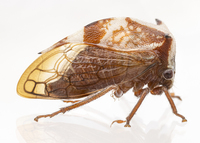 | Photo by: Solomon Hendrix
Out Of State Co.
Comment: female; https://www.inaturalist.org/observations/234463880 |  | Photo by: Solomon Hendrix
Out Of State Co.
Comment: female; https://www.inaturalist.org/observations/234463880 |
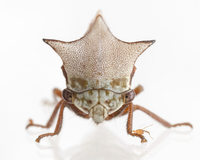 | Photo by: Solomon Hendrix
Out Of State Co.
Comment: female; https://www.inaturalist.org/observations/234463880 | 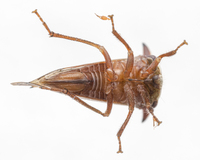 | Photo by: Solomon Hendrix
Out Of State Co.
Comment: female; https://www.inaturalist.org/observations/234463880 |
 | Photo by: Solomon Hendrix
Out Of State Co.
Comment: female; https://www.inaturalist.org/observations/234463880 | 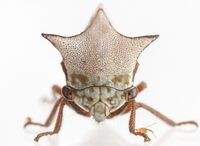 | Photo by: Solomon Hendrix
Out Of State Co.
Comment: female; https://www.inaturalist.org/observations/234463880 |
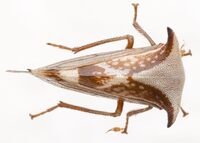 | Photo by: Solomon Hendrix
Out Of State Co.
Comment: female; https://www.inaturalist.org/observations/234463880 | 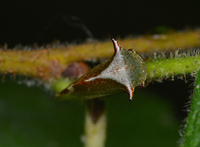 | Photo by: Robby Deans
Forsyth Co.
Comment: unid_treehopper |
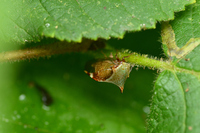 | Photo by: Robby Deans
Forsyth Co.
Comment: unid_treehopper | 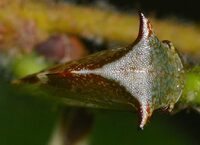 | Photo by: Robby Deans
Forsyth Co.
Comment: state record |
|

 »
»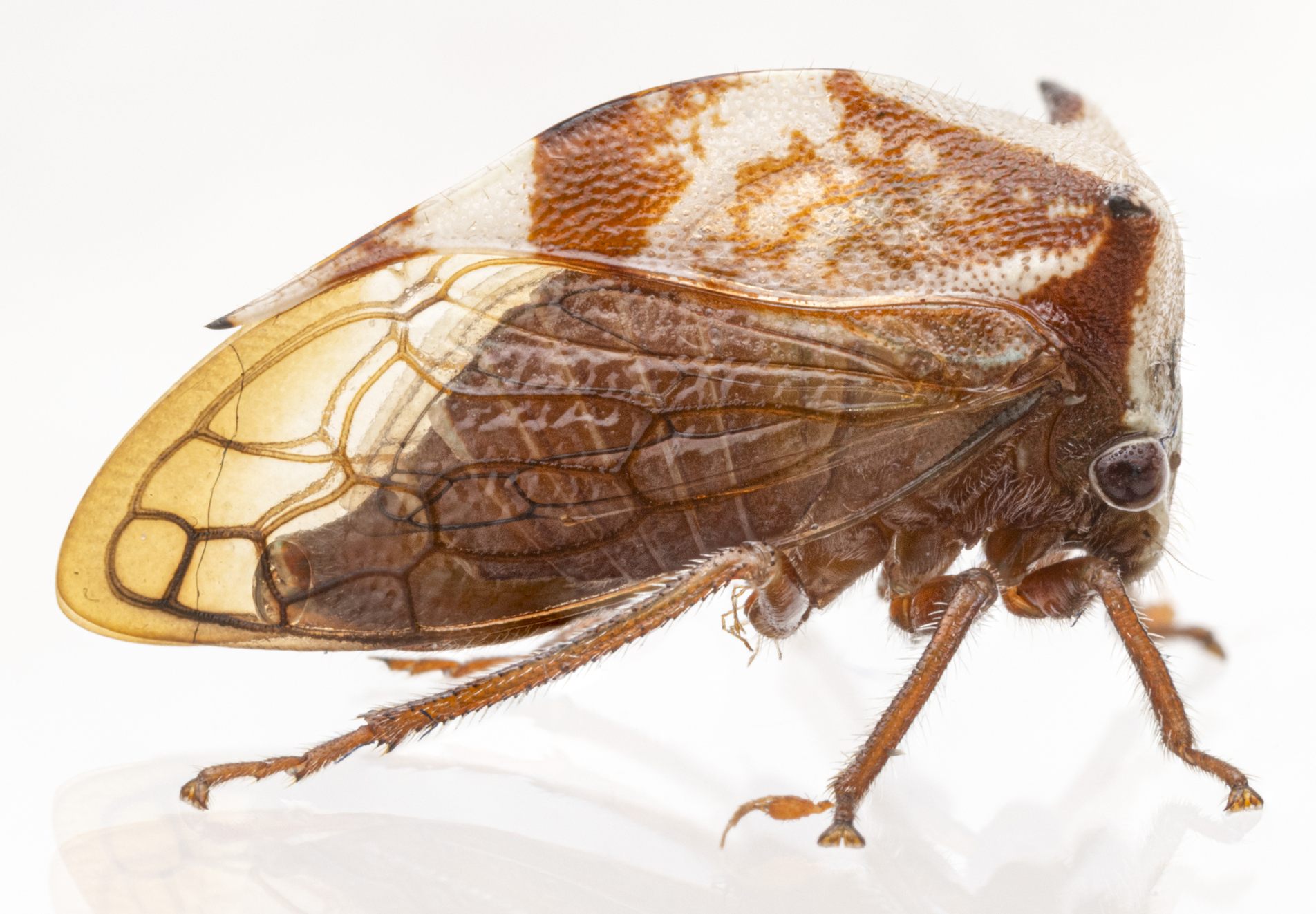
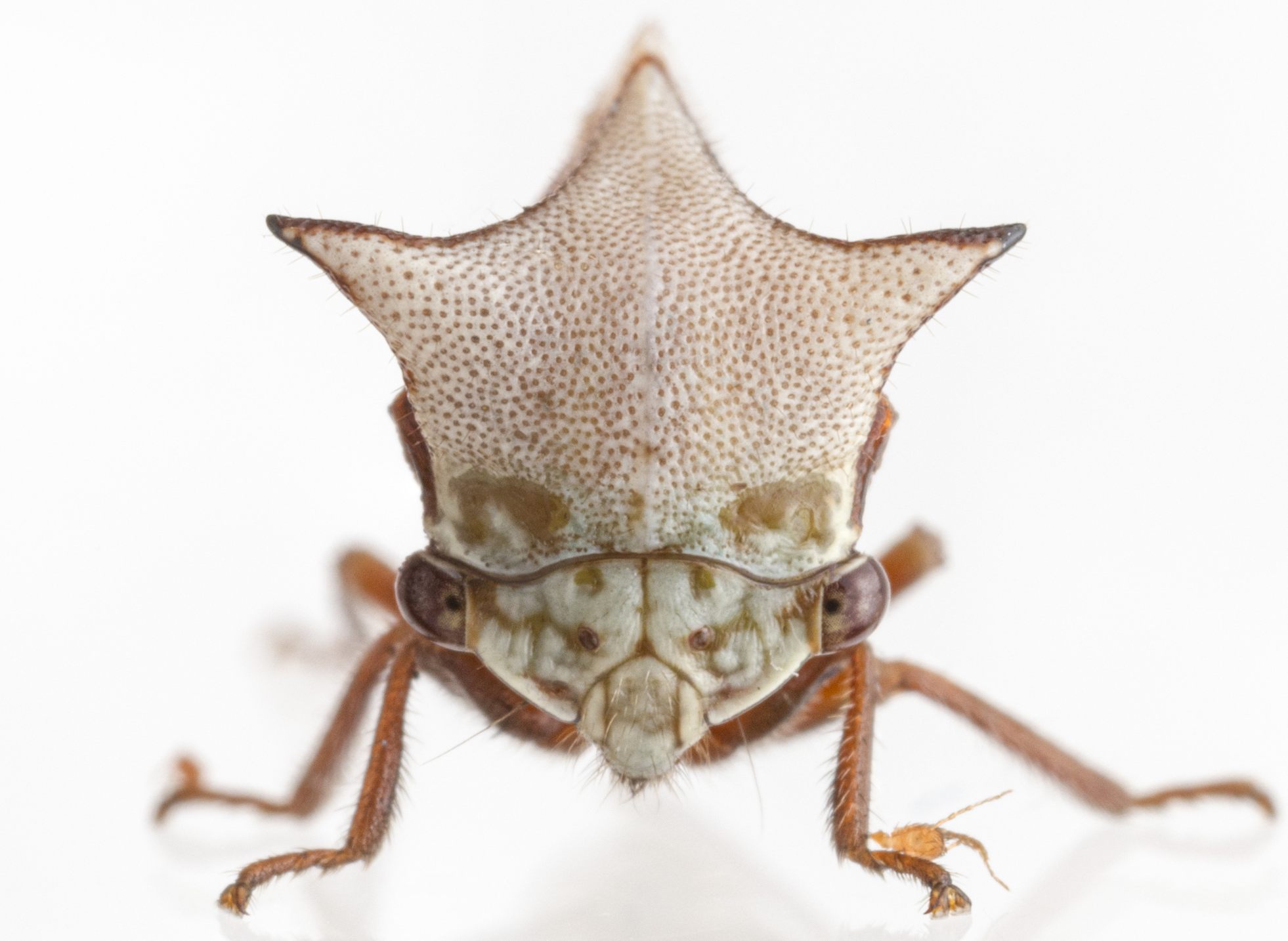

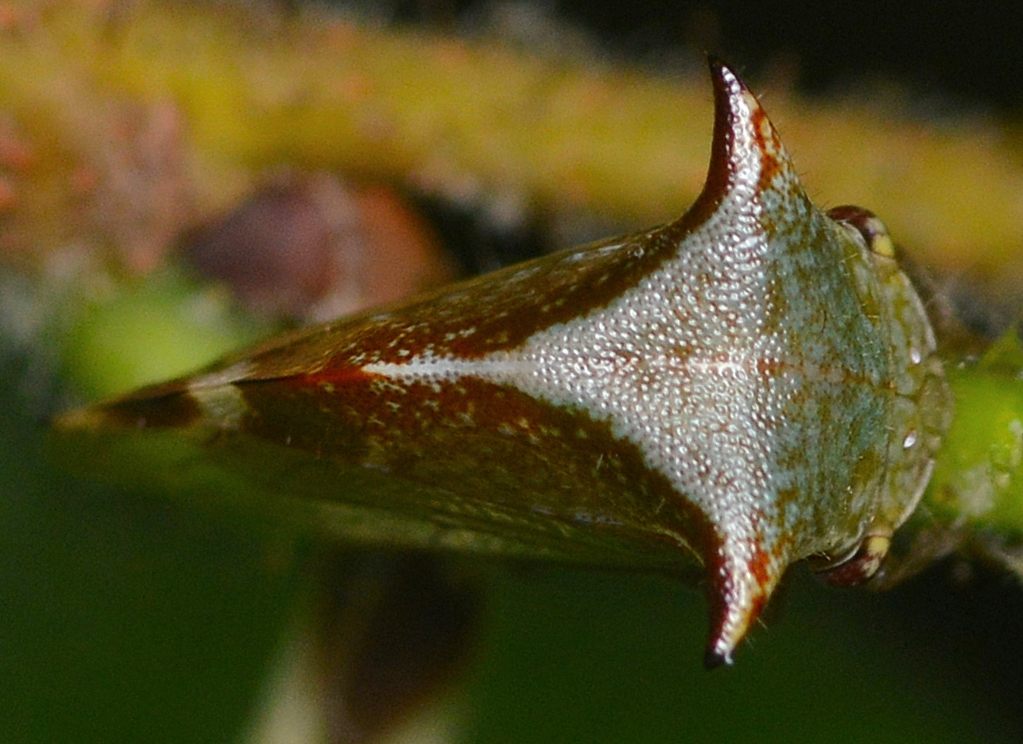

 »
»


